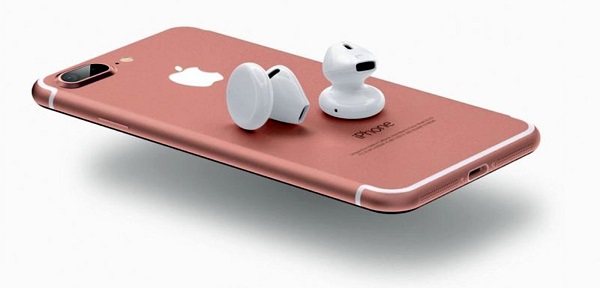If I'm not mistaken, in early August, Facebook’s Instagram photo sharing app just added a new feature that allows users to share post-view photos and videos just like in Snapchat. The new addition to Instagram is called Stories.

After launching new features, Instagram sends this message to tens of thousands of users: every little moment, it is worth taking a phone camera record.
We can currently take photos or record videos using our mobile phone camera. Maybe we can't imagine that one day we could use a mobile phone to shoot VR video, just as we once couldn't imagine that the mobile phone would become our daily "camera."
If anyone asks what the future of mobile video is, I think it should be mobile VR video.
Here we look at the future of mobile video in three areas: VR video penetration, mobile video user demand, and mobile phone camera technology.
VR video is huge

Virtual reality content can be produced in two ways.
The first is the use of computer software to create 3D images. Many immersive content such as VR games and interactive experiences are produced using this method.
Another method is to shoot the physical world through an array of cameras. The low end is a single-field (2D) 180-degree video; the high-end point is (3D) 360-degree video, and the VR video also includes the next-generation light field video. Like Google Jump and Nokia Ozo are using a series of cameras to shoot VR content.
Although VR is still a vocabulary that many people are still unfamiliar with, but in fact the user's consumption of VR content exceeds our expectations.
Oculus recently announced that people use Samsung Gear VR to watch VR videos for 3 million hours. This is a milestone figure for VR video because it is still a very new medium.

Oculus Wei, head of Oculus Video, said in an interview with a San Francisco reporter: “VR will make the most dramatic changes to the movie. The movie is no longer a screen feast, but an immersive experience.â€
VR video is expensive and time-consuming to produce, and VR at this stage can make people dizzy (especially when the screen is full of fast motion). However, in the near future, after VR technology is upgraded, VR video will be more complete and the viewing experience will be improved.
The next goal of mobile video is immersion
The amount of mobile video sharing is rising rapidly. To understand where we are now and where mobile video is heading, we need to first understand the core needs of mobile video users: immediacy, authenticity, and immersion.
The most basic user needs are "immediateness", or the ability to access content in real time, which is the basis for our consumption of broadcast, television and broadcast media. Instantaneousness explains the reasons for the explosive growth of live video in the past 18 months, the most significant being the Facebook live broadcast. However, the immediacy feature was overestimated and it sometimes damaged usability. For example, some platforms lack playback capabilities, which greatly affect the platform's experience.
Users need a lot of authenticity for mobile videos. This is one of the reasons why Instagram has copied Snapchat. At the same time, it is also one of the motives for users to watch mobile videos, because these videos are very real and natural and have not been filtered.

Beme is a mobile video application that pays more attention to "authenticity". When using it to record video, there is no preview function. Maybe many people in China have not heard of the Beme application. Interested students can download it from the App Store. Android users can download it from Google Play.
The third is "immersion." Today's great mobile videos allow you to have a good visual experience, but tomorrow, when you watch mobile videos, you will have a sense of participation, not just simply onlookers.
Can VR helmets like Google Daydream bring immersion to a new level? With the combination of VR helmets and video applications, with the help of head tracking and handle technology, you will be able to jump into content and become part of it. Today's video content is limited to the 2D level, but camera hardware technology will change this situation.
Phone camera has more potential

The success of smart phones has brought immeasurable economic benefits to hardware manufacturers. After the launch of the iPhone, camera modules became smaller and smaller, and they became cheaper and cheaper. As a user of us, we also got some bonuses in the smartphone war.
It is understood that Apple has more than 800 camera hardware and software engineers, if nothing else, will be released on September 7 iPhone 7 will be equipped with dual cameras, and have a shallow depth of field camera.
Component costs are falling, and innovation is accelerating. Smartphone camera technology will reach a new level.
Samsung has launched the Gear 360 camera, which is capable of shooting VR video. Is there a possibility that future Samsung smartphones will integrate 360-degree video capture capabilities? I think the day will come. Is there a possibility that the light field video camera has an order of magnitude reduction in both cost and size so that it can be applied to smart phones?
When the mobile phone can shoot VR video, VR video will be able to be accepted and used by over a billion smartphone users at the fastest speed. Recording VR videos will become part of our lives. This is the future of mobile video.
